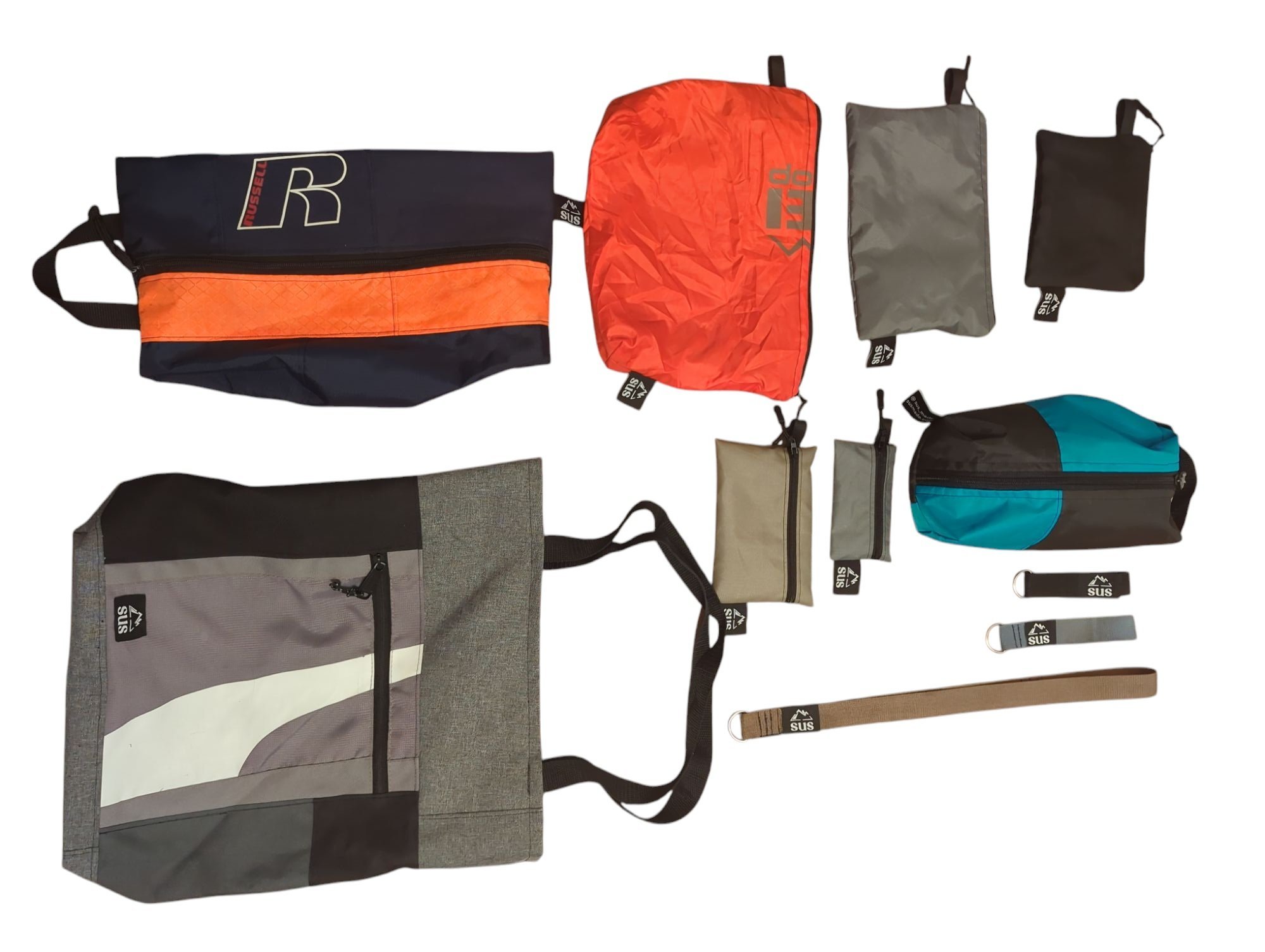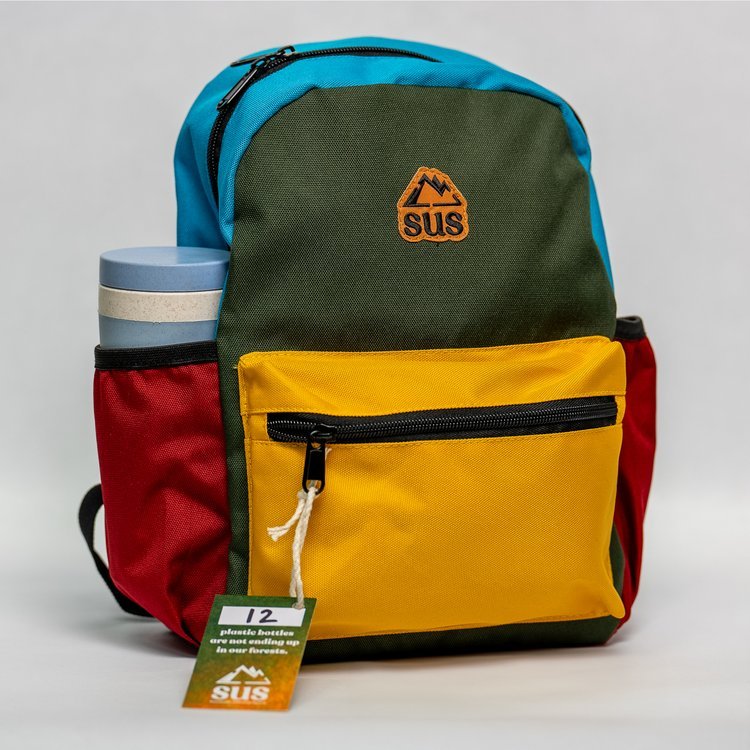WHY FARM SHARES?
"Not only has [the farm share system] revolutionized the way consumers access fresh, locally sourced produce, but it also greatly aids farmers in obtaining significantly more reliable sources of income. By supporting local food systems, CSAs are helping communities become more self-sufficient while providing sustainable options for those looking for high-quality produce," - Norman's Farm Market, Bethesda, MD.
While farm shares are beneficial to the consumer, who will recieve farm fresh produce, meat, eggs, flowers, etc. at a discounted rate, it benefits the farmers in that it financially supports their growing season before it even begins.
Restorative Health, a lifestyle heatlth organization in Washington DC lists the following as additional benefits of eating local and in season-
- Increased Nutrient Density: Local, in season foods are allowed to ripen fully before being picked. In contrast, grocery store produce is picked and packaged prior to peak ripeness in preparation for the travel time- internationally and intranationally. The longer produce sits, the more vitamins are lost.
- Reduced Carbon Footprint: Most food travels 1,500+ miles before reaching our mouths. That's a lot of fossil fuel being burned.
- Diet Variety: "Foods have different 'energetics' and help us connect with seasonal cycles of nature and provide us nourishment we need at a particular time of the year. For example, root vegetables (sweet potatoes, beets, carrots, potatoes) are harvested in late summer and early fall. They are rich in complex carbohydrates and extremely nourishing. When we eat root vegetables our bodies prepare for the long cold winter by storing a bit of subcutaneous fat for insulation. Byc ontrast, in early spring it's the green leafy vegetables like lettuce that sprout first. These bitter vegetables stimulate our digestive and liver function encouraging detox after winter's heavy eating and lack of movement." -Olga Afonsky, LN, CNS, MS Nutrition and Integrative Health
WINTER SHARES
As you probably guessed from benefit number 3 above, farm shares aren't just for the spring and summer seasons. There are plenty of winter farm shares available in New England with greenhouse grown lettuce, cabbage, potatoes, onions, carrots, beets, and more. And at the beginning and the end of the winter seasons, CSA members might even get a few extras (e.g., apples, strawberries).
HOW TO FIND THE RIGHT FARM SHARE FOR YOU
Interested and want to find a farm share near you? Visit your local winter farmers’ market to ‘interview’ prospective farms and find one that aligns with your values. Here are some questions you might want to consider as you choose your farm-
Do you use regenerative farming practices?
What sort of pest deterring practices to you use?
Is your produce certified organic?
What are your animals fed?
Use this moving Regenerative Farm Map by Organic Consumers Association to do some research ahead of time.
Looking to learn more about regenerative farming practices and how greatly these practices impact climate change? Visit https://kisstheground.com.
"Raw food is the best way to have the cleanest energy. We take so much care about what kind of fuel we put in our car, what kind of oil. We care about that sometimes more than the fuel that we’re looking at putting in our bodies. It’s cleaner burning fuel." - Woody Harrelson
You might even see SUS at some of these farmers' markets. Stay in touch with our socical media to find out which markets we'll attend. Let's all work together to be more SUStainable; reduce our waste, reduce our carbon footprint, and shop small.






























